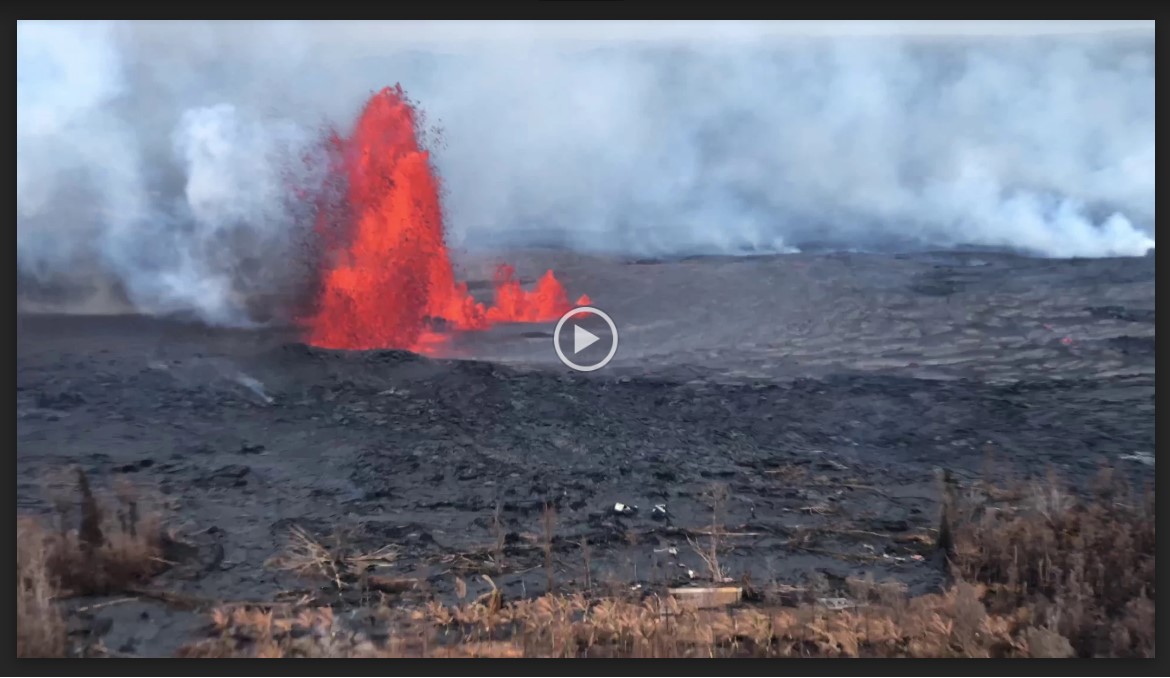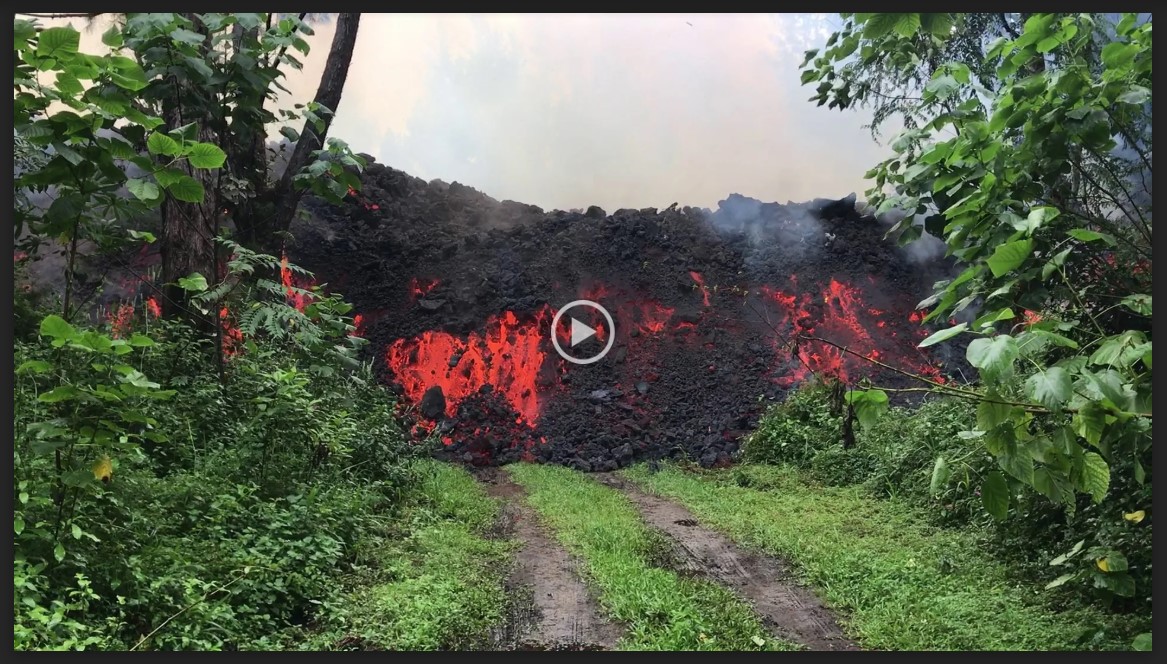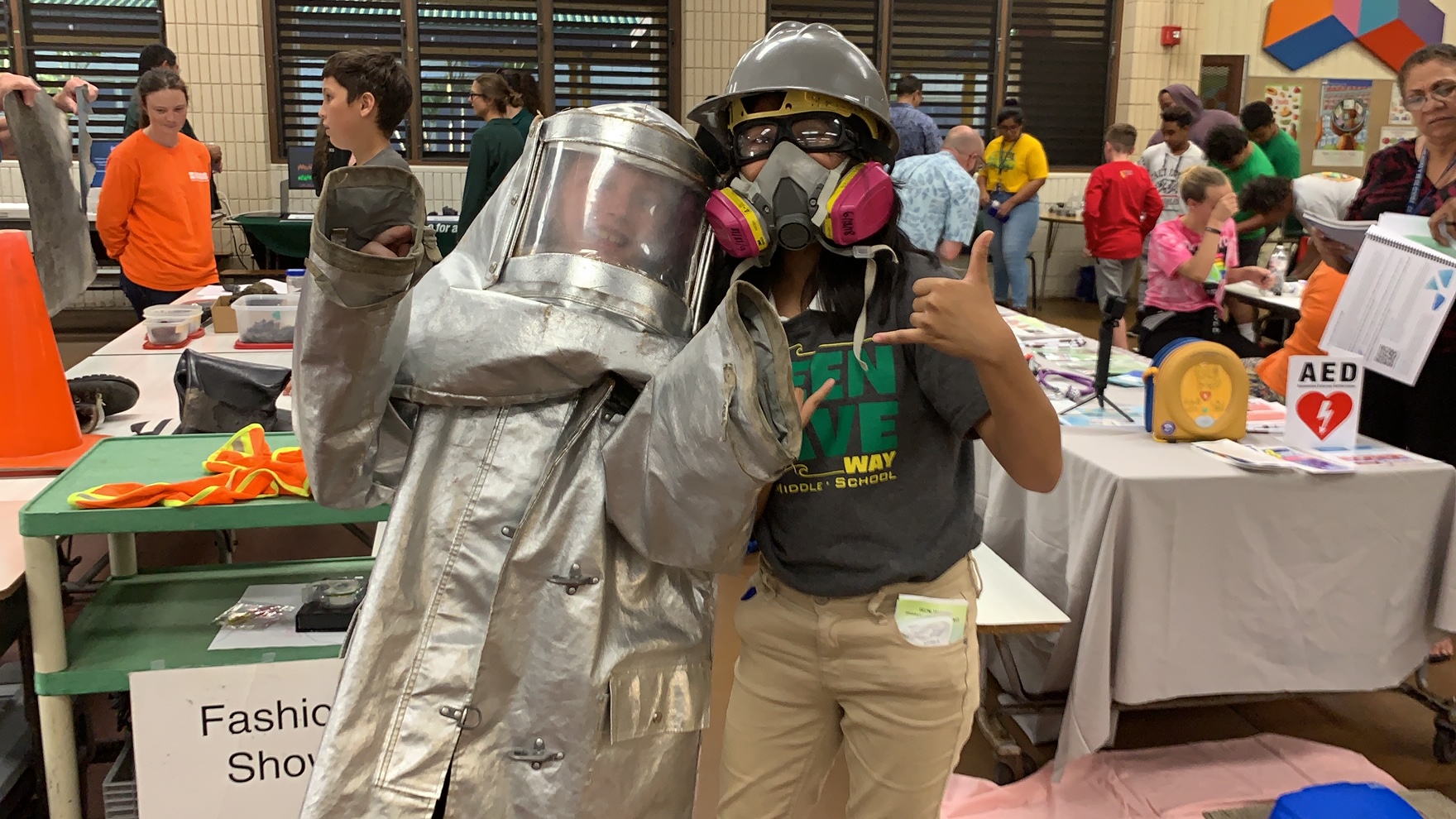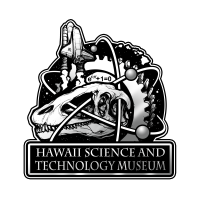Thursday, May 3 2018 started like any other typical Hawaiian day in paradise on the island of Hawaii, the state’s largest and most geologically active island, when without warning first responders began receiving calls of cracks in the roads and unusual noises in Leilani Estates Subdivision.
Within the hour hot pressurized gases forced their way up from beneath the earth bursting through the cracks, accompanied by what residents described as the sound of jet engines screaming and fountains of molten lava spewing tens of meters into the sky above their homes. It was day one of the 2018 Lower Puna Eruption, an event that over the next three months would cause over $800 million in damage, repave almost 14 square miles of residential land, and destroy over 700 homes. The devastation was complete and unrelenting, turning a once bustling community and coastal ecosystem into a hellish landscape of molten rock, noxious gas, sulfur deposits, and volcanic ash that blanketed communities as far as thirty miles away. The effects of the eruption spread far and wide, displacing thousands of people, shuttering businesses and schools and a power plant that provided up to 25% of the island’s energy needs. To this day many residents continue to struggle to recover from this life altering event, buoyed only by hope and the Aloha Spirit of family and friends in this tight knit community accustomed to coming together to rebuild after natural disasters.
The State and County of Hawaii continue to deliver assistance to the communities most affected by the eruption and have tapped the Hawaii Science and Technology Museum (HSTM), a NISE Network Partner, to help rebuild the local workforce and industries through STEM education. HSTM has been providing science camps and after school programs, special events like their much beloved “Science Nights” at local schools, and the Hawaii Explorations Expo which recently featured keynote speaker Henk Rogers of the Blue Planet Foundation to promote innovation in the Hawaii Island community as a way to tackle the problems islanders face.
“While STEM education is certainly important, as a nonprofit we feel we have a responsibility to do more to help our community get back on its feet,” says HSTM Executive Director Christian Wong. “We’re using our resources, expertise, and partnerships to build a strong, scientifically literate workforce capable of tackling the huge problems that lay ahead. We actively participate in research and are helping to develop local tech industries so that our best and brightest don’t necessarily have to leave Hawaii to make a difference. We want our kids to be able to reach their full potential here in our own community.”
Hawaii Science and Technology Museum has been very successful to that end, working on a wide range of projects including their CubeSat (miniature satellite) Hiapo, which means “First Born” in Hawaiian, that they’ll be launching to study the thermosphere to gauge the effects of solar wind on heating the lower atmosphere. HSTM is also building a community robotics center to serve thousands of Hawaii students, and actively promoting citizen science research to tackle Rapid Ohia Death, a disease that is projected to wipe out some 90% of the population of native Ohia tree forests if left unabated. Wong credits their success to the invaluable partnerships they’ve developed over the years. “Working together with other STEM organizations makes our programs so much more effective. Each group of people has their own particular strengths. We tap into that and make ourselves far greater than the sum of our parts. That’s why we love being a NISE Network Partner. The activities and curriculum NISE has developed are of such high quality and the toolkits are so versatile. We can go to a local school to serve the kids and can adjust our activities on the fly to account for the different age ranges to make the interactions as meaningful as possible. The kids love the activities in our NISE Network toolkits and it gives our staff the confidence to deliver the presentations knowing that a lot of work has gone into developing these lessons.”
If you’d like to follow the Hawaii Science and Technology Museum as they make a difference in their community you can find them on Twitter at @HawaiiScience and Instagram @HawaiiScienceMuseum.
To learn more about HSTM's STEM programming and their use of Explore Science: Earth and Space toolkit activities with their community, view the recording of the Online Workshop: Learn More About the 2020 Explore Science: Earth & Space Toolkit.




